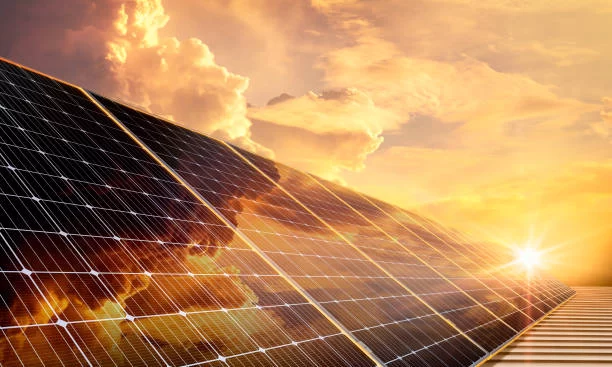Innovative Applications of Photovoltaic Panels Beyond Traditional Uses
In recent years, photovoltaic panels have emerged as a revolutionary source of clean and renewable energy. Traditionally, they have been widely used in rooftop solar installations and large-scale solar farms to generate electricity for residential and industrial consumption. However, as technology continues to advance, solar panels are finding innovative applications beyond these conventional uses, opening up new possibilities in various sectors such as transportation, agriculture, and communications.

One of the most exciting non-traditional applications of solar panels is in the transportation sector. Electric vehicles (EVs) are becoming increasingly popular as the world strives to reduce greenhouse gas emissions and combat climate change. Photovoltaic panels can play a crucial role in enhancing the sustainability of EVs by providing on-board charging capabilities. Imagine a car with integrated solar panels on its roof and hood, constantly recharging the battery as it drives or is parked in the sun. This not only extends the vehicle’s range but also reduces the reliance on traditional charging infrastructure. Companies like Sono Motors have developed solar-powered cars that can significantly increase the daily driving range through solar energy alone.
In addition to personal vehicles, public transportation is also benefiting from photovoltaic panel innovations. Solar-powered buses and trams are now operational in several cities around the world. These vehicles incorporate solar panels on their rooftops, generating electricity to power the vehicle’s systems and reducing the need for frequent recharging at dedicated stations. For example, in some cities, solar-powered buses are able to operate for a significant portion of the day using only the energy generated by the onboard solar panels, contributing to a more sustainable and cost-effective public transportation system.
The agriculture sector is another area where solar panels are making a significant impact. Agrivoltaics, a concept that combines agriculture and solar power generation, is gaining traction. In this approach, photovoltaic panels are installed above farmland at an appropriate height, allowing sunlight to pass through and reach the crops while simultaneously generating electricity. This dual-use of land not only provides a source of clean energy but also offers several benefits to agriculture. The shade provided by the panels can help reduce water evaporation, protect crops from excessive sunlight and heat, and create a more favorable microclimate for certain plants. Moreover, the revenue generated from the sale of electricity can supplement farmers’ incomes and make agricultural operations more economically viable.
In the field of communications, solar panels are enabling reliable power supply in remote and off-grid areas. Telecommunication towers and base stations often need a continuous and stable power source to ensure seamless communication. Installing photovoltaic panels at these locations can provide a sustainable and independent power solution, especially in areas where connecting to the main electricity grid is challenging or expensive. This is crucial for maintaining communication networks in rural and remote regions, facilitating emergency response systems, and enabling the expansion of digital connectivity to underserved communities.
Furthermore, solar panels are being integrated into consumer electronics and wearable devices. Solar-powered smartwatches, backpacks with built-in solar chargers, and portable solar lanterns are just a few examples. These innovations allow users to stay powered up while on the go, reducing the need for frequent battery replacements or reliance on conventional charging methods.
However, despite the numerous benefits and innovative applications of photovoltaic panels beyond traditional uses, there are still some challenges that need to be addressed. The efficiency of solar panels, especially in less-than-optimal conditions such as cloudy days or at certain angles, remains a concern. Ongoing research and development efforts are focused on improving the efficiency and performance of solar cells to make these applications more reliable and economically feasible.
Another challenge is the initial cost of implementing these non-traditional applications. Integrating solar panels into vehicles, agricultural systems, or communication infrastructure requires significant investment in technology and infrastructure. However, as economies of scale come into play and technological advancements drive down costs, these barriers are gradually being overcome.
In conclusion, the innovative applications of photovoltaic panels beyond traditional uses are transforming various sectors and offering sustainable solutions to some of the world’s most pressing energy and environmental challenges. From powering our transportation to enhancing agricultural productivity and ensuring seamless communication, the potential of solar panels is vast. As we continue to invest in research and development, overcome technical and economic hurdles, and embrace these innovative solutions, we move closer to a more sustainable and energy-efficient future.
